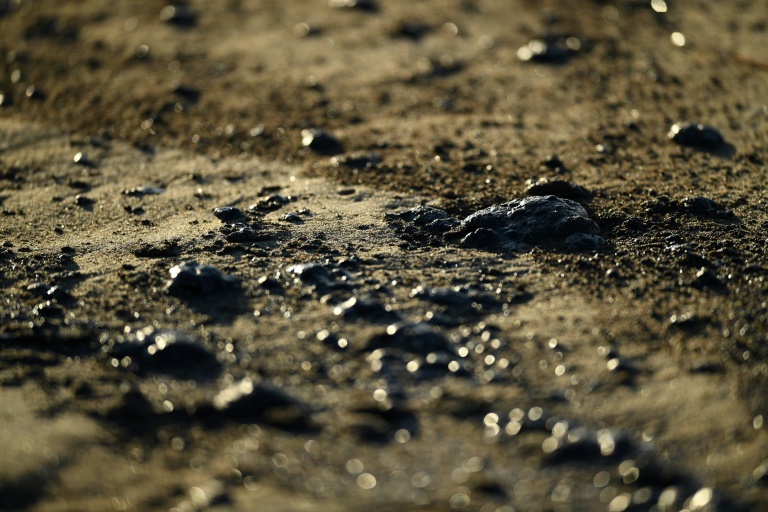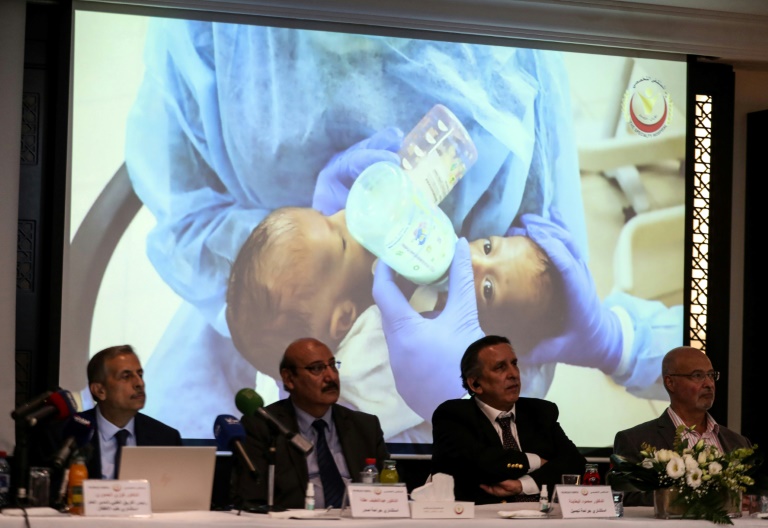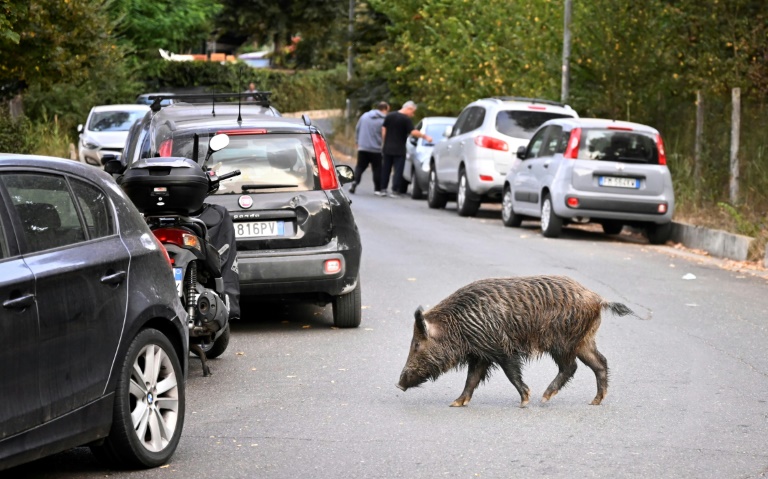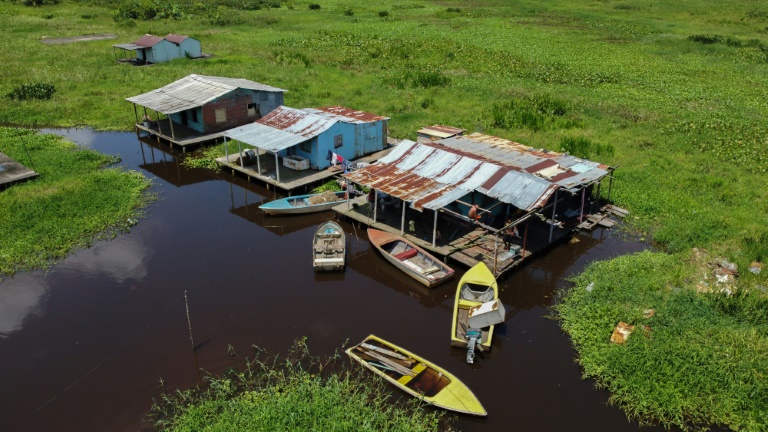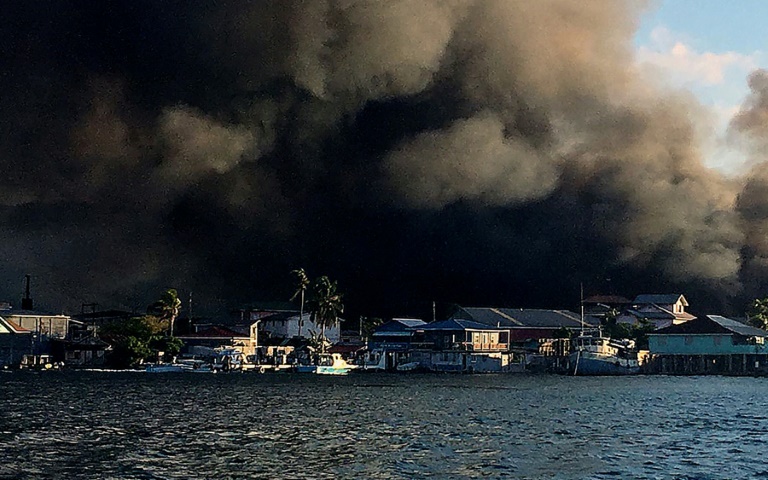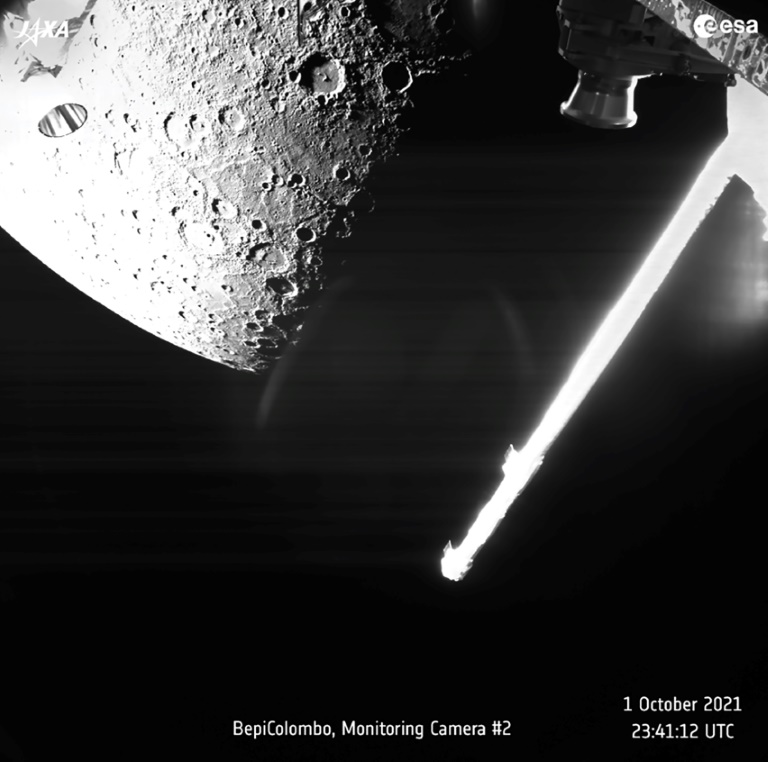California authorities rush to mitigate impact of major oil spill
Authorities in California’s beachfront Orange County cities scrambled Sunday to mitigate the fallout from a major oil spill off the coast that caused “substantial ecological impacts.”
As of Sunday, the oil plume from the 126,000-gallon (480,000 liters) spill of post-production crude was an estimated 5.8 nautical miles (6.7 miles, 10 kilometers) long and stretched along the popular shorelines of Huntington Beach and Newport Beach, Huntington Beach city authorities said in a statement.
“The spill has significantly affected Huntington Beach, with substantial ecological impacts occurring at the beach and at the Huntington Beach Wetlands,” the statement said.
The spill started around 9:00 am (1600 GMT) on Saturday, the Coast Guard said.
In the pre-dawn hours of Sunday, oil and dead animals had begun washing up on Huntington Beach, a city of around 200,000 people located about 40 miles south of Los Angeles, Orange County Supervisor Katrina Foley tweeted.
“We’ve started to find dead birds and fish washing up on the shore,” she said.
Foley said in a statement she would meet with the environmental health office and city representatives on Sunday.
“We are deeply concerned by the events today,” she said.
“The ramifications will extend further than the visible oil and odor that our residents are dealing with at the moment. The impact to the environment is irreversible.”
At a press conference Sunday afternoon, officials warned residents not to touch or try to save any wildlife themselves, but to instead call local authorities to alert them to animals affected by the oil.
“At this time, we have scout teams out on the beaches, surveying, assessing the beaches for any wildlife that may be impacted or oiled,” lieutenant Christian Corbo of California’s Office of Spill Prevention and Response said.
– ‘Potential contamination’ –
At the Sunday press conference, Coast Guard captain Rebecca Ore acknowledged the situation “is very upsetting for citizens here in Southern California.”
Residents were warned to steer clear of the shoreline, and the ocean was closed to swimming and surfing “due to potential contamination,” the city said, adding that the final day of the Pacific Airshow had been canceled.
The Coast Guard ran point on a unified command of federal, state, county and city agencies established to tackle the spill, with fire and marine safety personnel deployed to implement environmental containment efforts.
“The leak has not been completely stopped, preliminary patching has been completed to repair the oil spill site,” the city statement said.
“The size of the spill demanded prompt and aggressive action,” it added.
Ore said authorities were working to mitigate ecological damage in the “dynamic situation,” including through the use of booms, long floating tubes deployed on the surface of the water to contain spilled oil.
Foley said the toxicity of the crude was “concerning enough that the city has deployed a Haz Mat team to further assess the situation.”
It was not immediately clear what caused the spill from what Foley said was a pipeline breach connected to an oil rig offshore. An investigation has been launched into the incident, she added.

